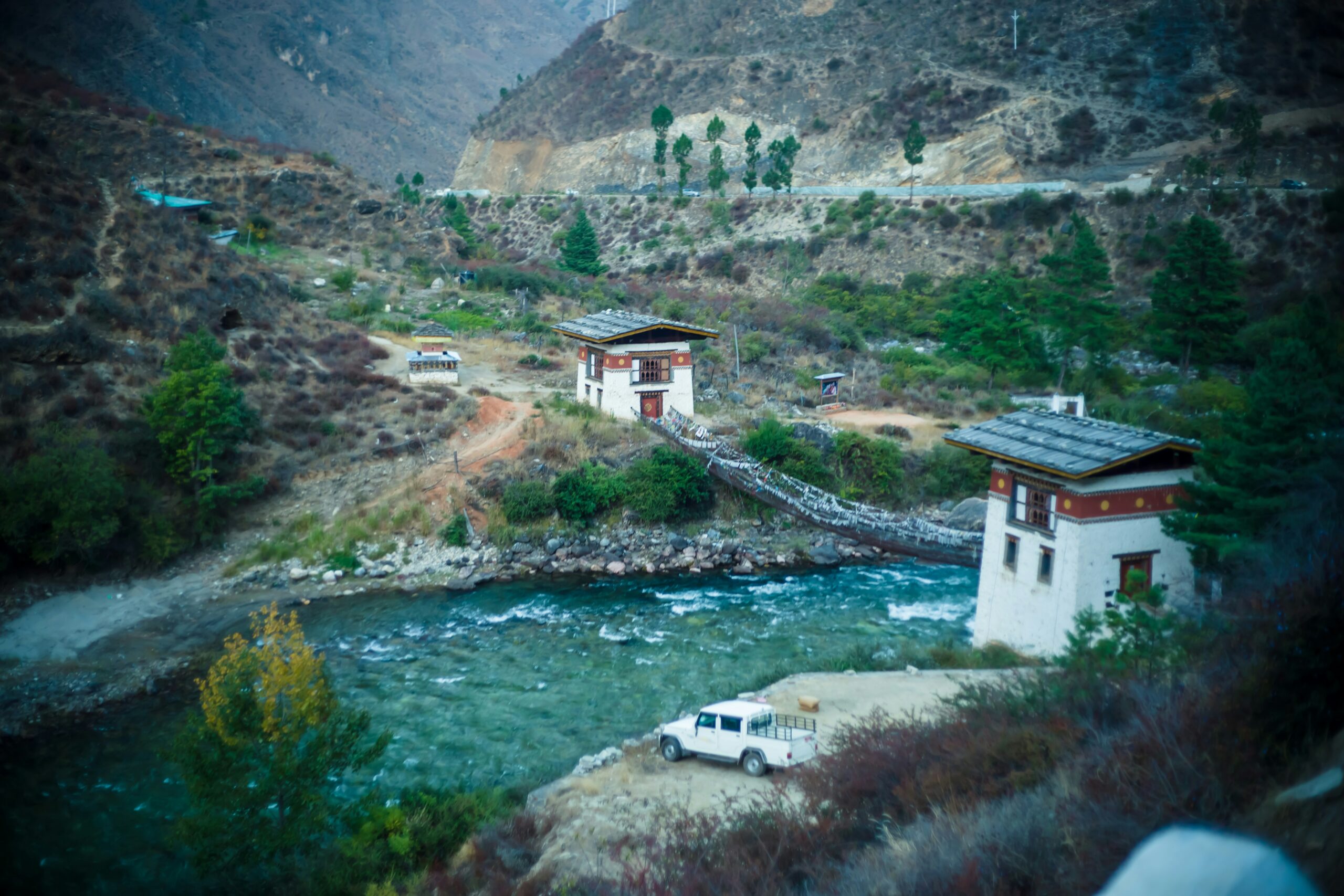
1) Hike to Kila Goempa:
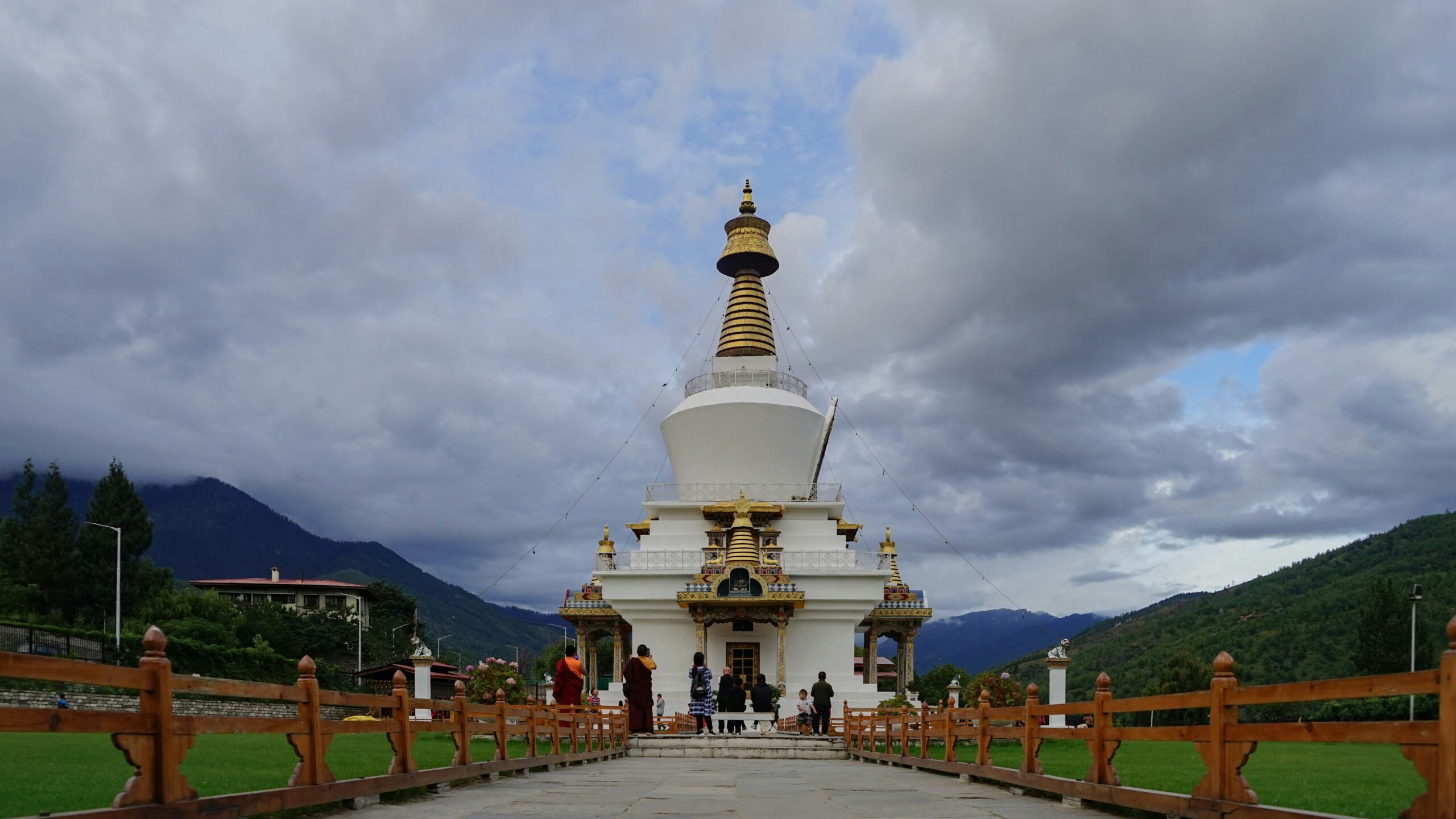
Explore Bhutan’s oldest nunnery, Kila Goempa, nestled on a mountainside near Paro, offering stunning views and a glimpse into Bhutanese spirituality.
2) Embark on the Druk Path Trek:
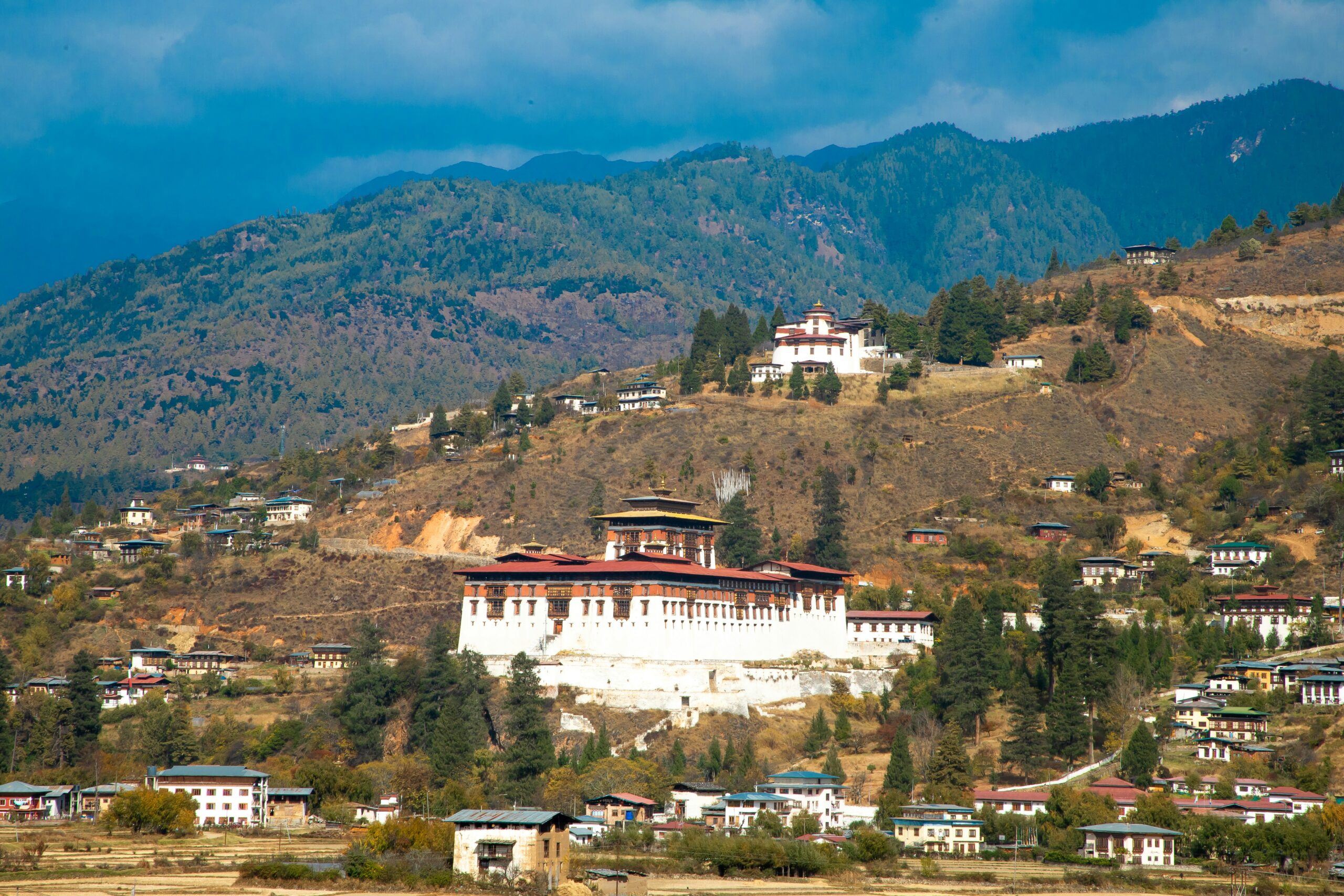
Disconnect from the world and immerse yourself in Bhutan’s majestic mountains during this four-day trek, experiencing diverse landscapes and occasional snowfalls.
3) Celebrate at Labana Pass:
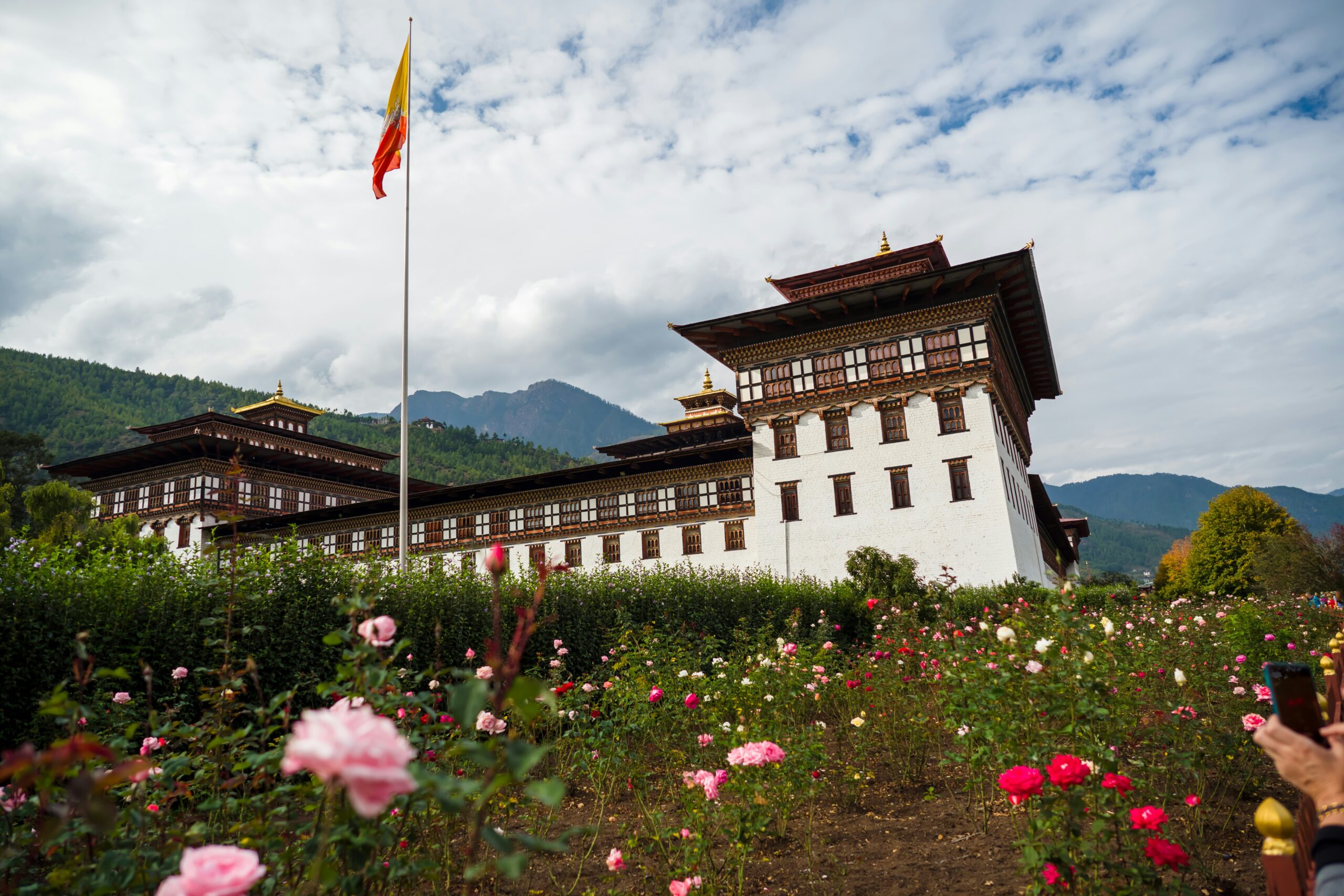
Reach the highest point of the Druk Path Trek at Labana Pass, 4,200 meters above sea level, and revel in the breathtaking vistas of the Himalayas.
4) Discover Temple Cats’ Symbolism:
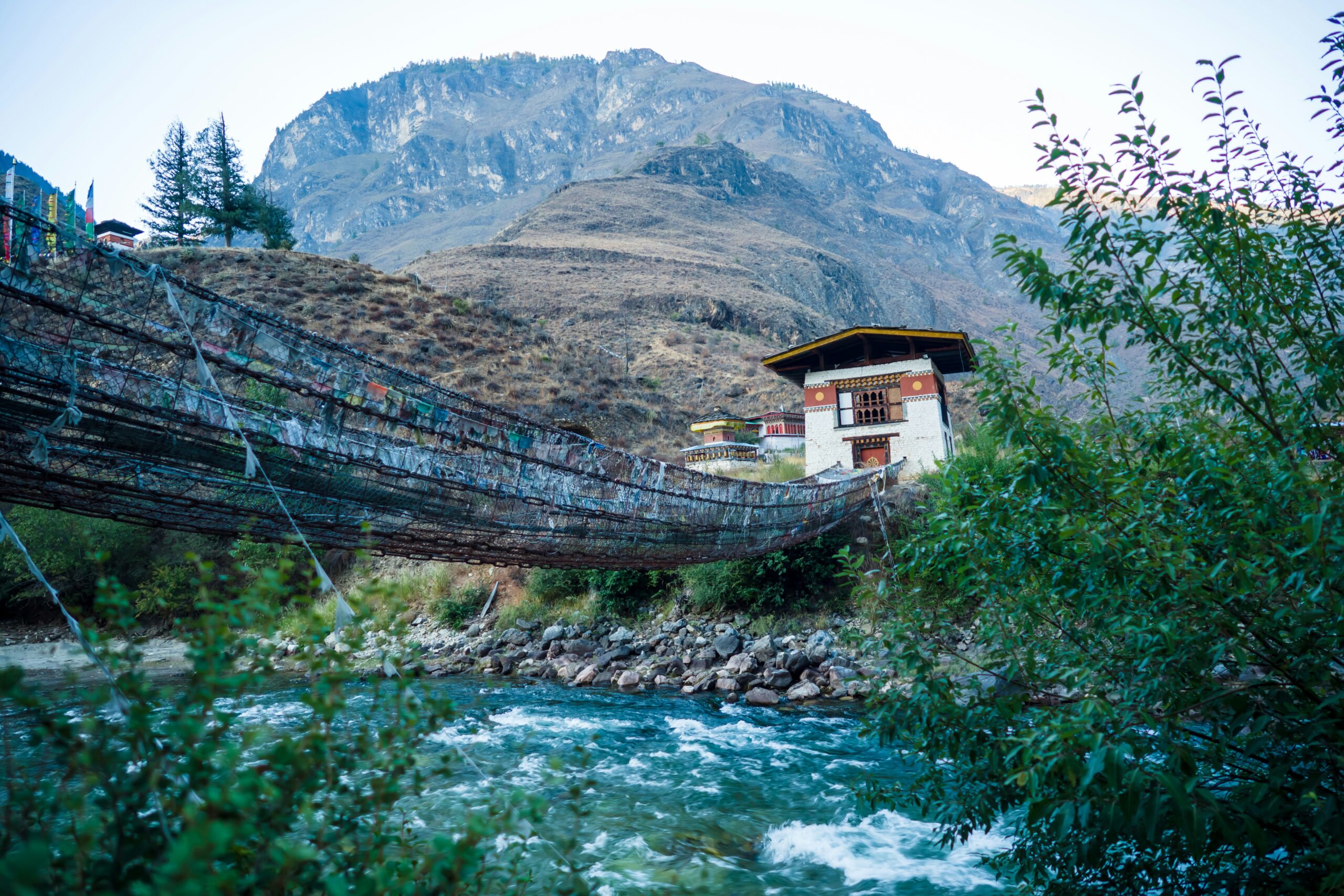
Observe the compassionate gesture of feeding stray animals near Buddhist temples, reflecting Bhutan’s reverence for all sentient beings.
5) Circumambulate Memorial Chorten:
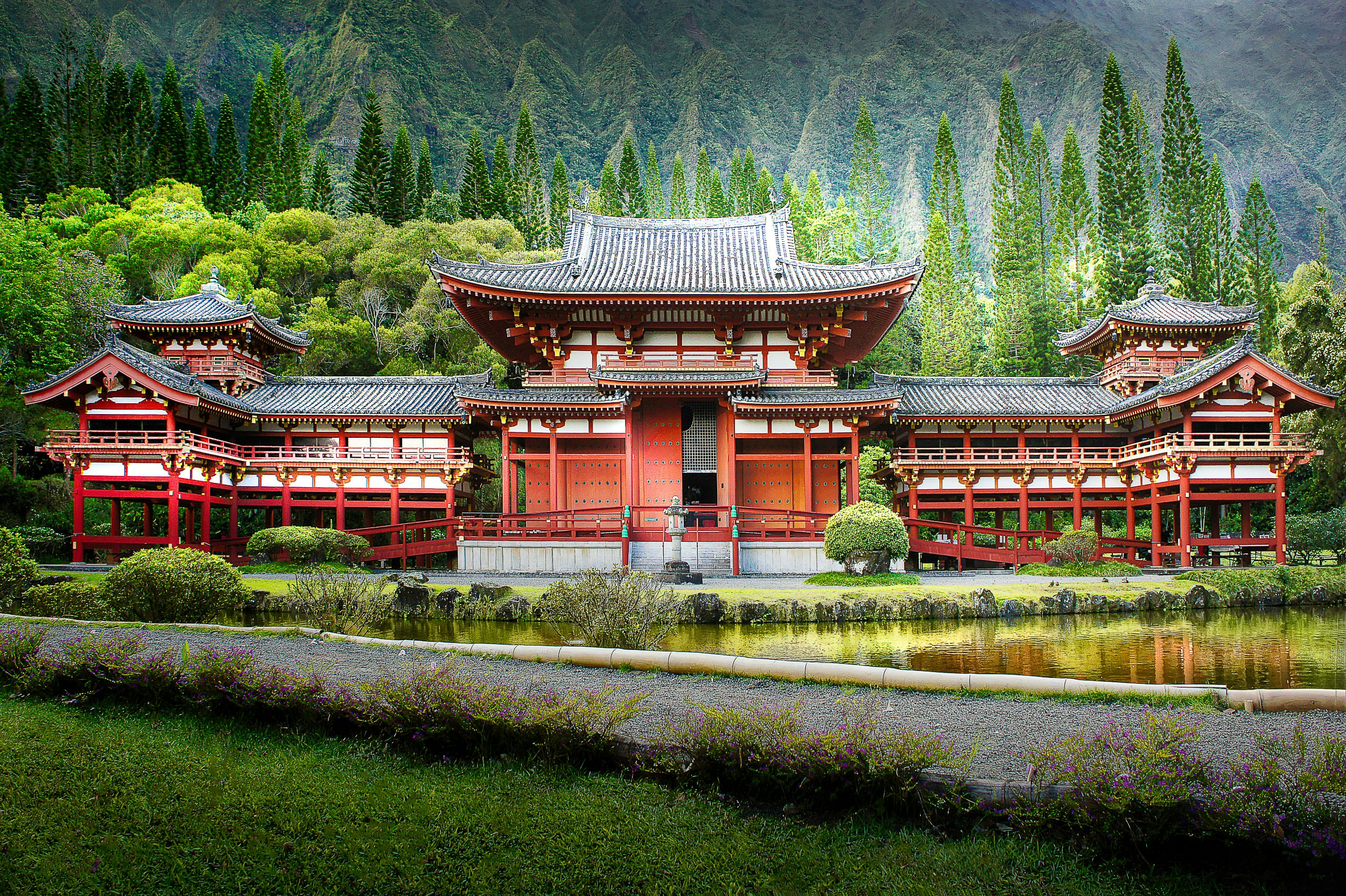
Join locals in circumambulating the Memorial Chorten in Thimphu, honoring Bhutan’s third king and experiencing the rich symbolism within.
6) Indulge in Bhutanese Cuisine:
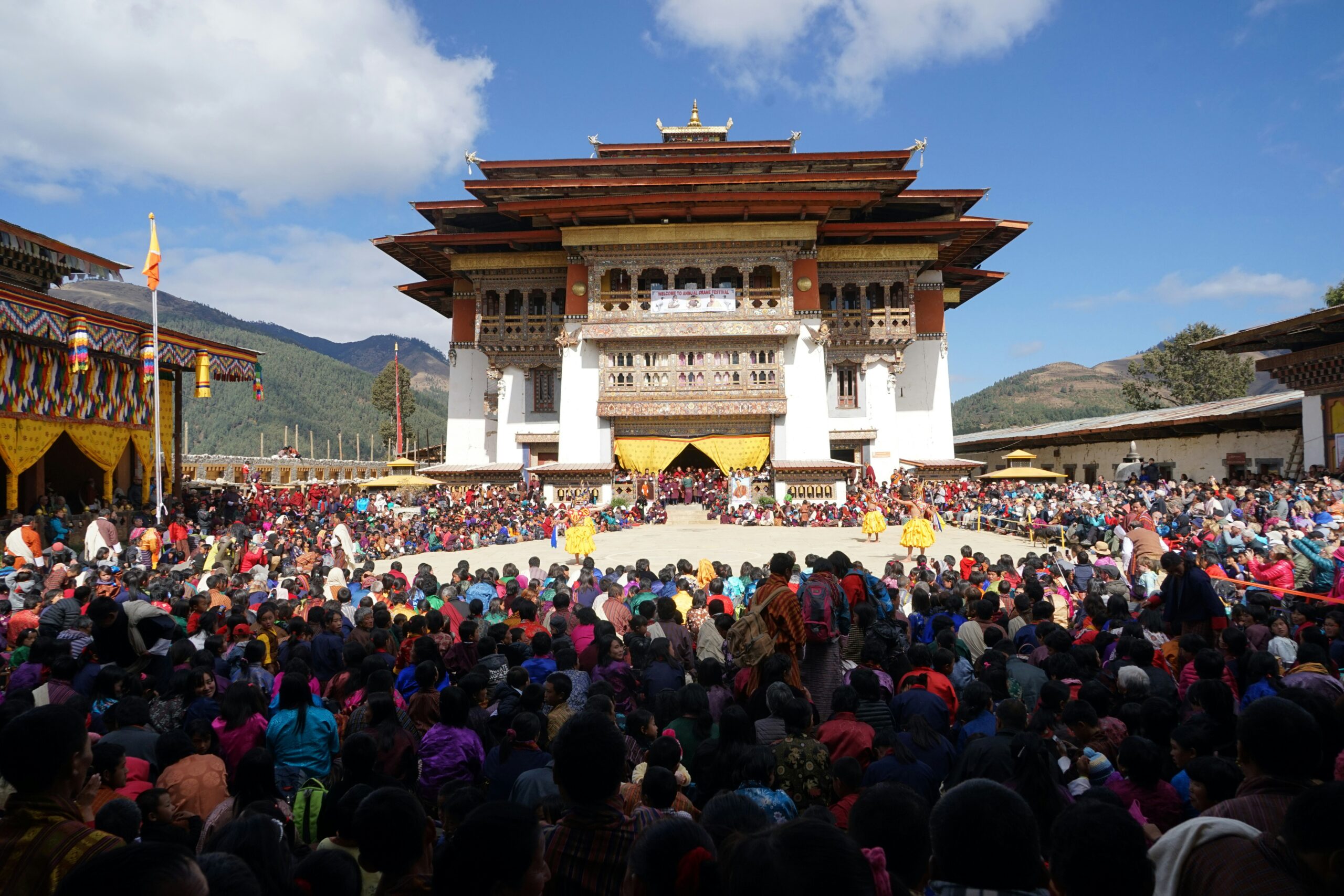
Delight your taste buds with traditional Bhutanese dishes like Ema Datshi (chili and cheese) and explore the vibrant flavors influenced by neighboring countries.
7) Witness Traditional Archery:
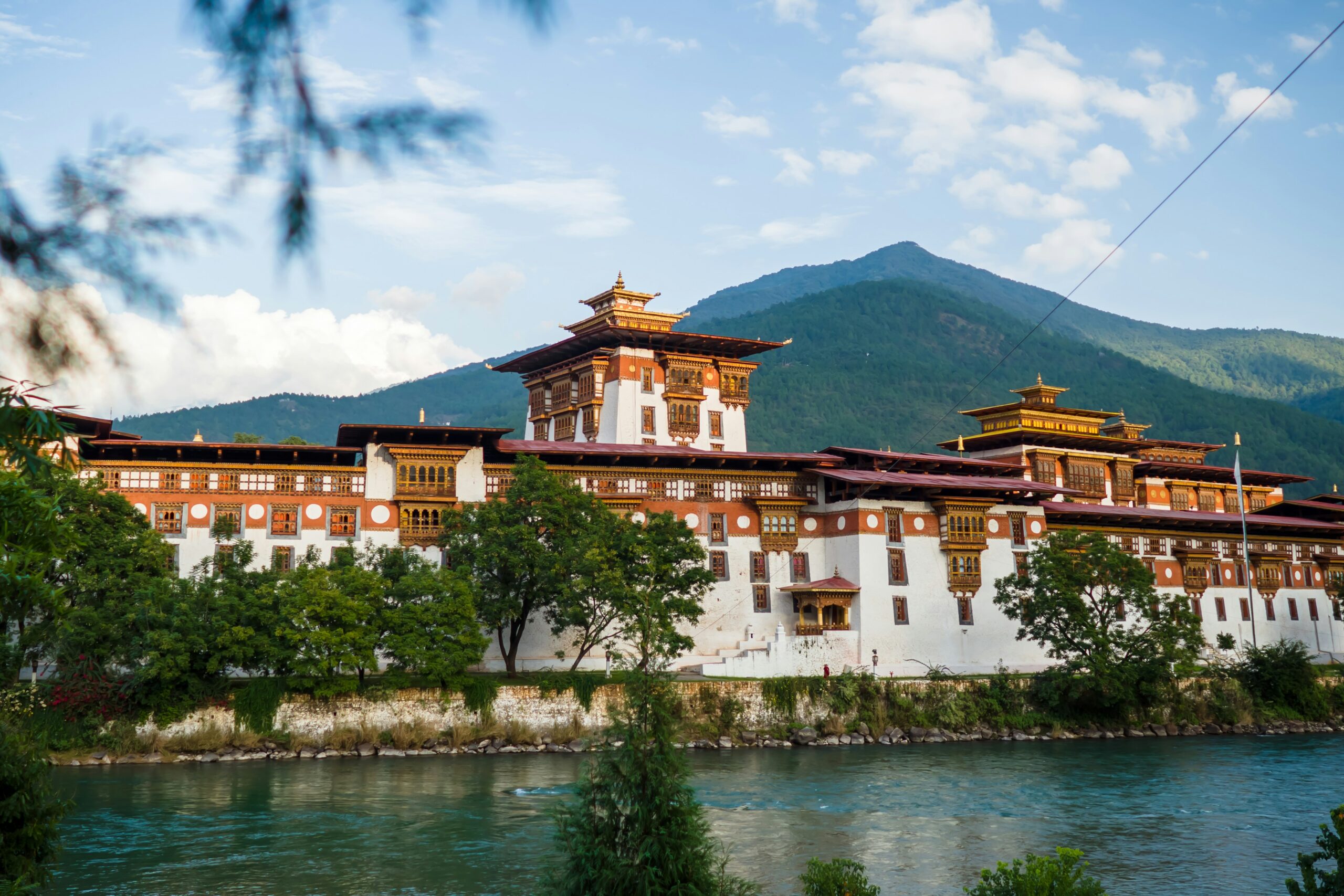
Experience the national sport of Bhutan, traditional archery, and marvel at the skill and precision of local competitors.
8) Visit the Giant Buddha Dordenma:
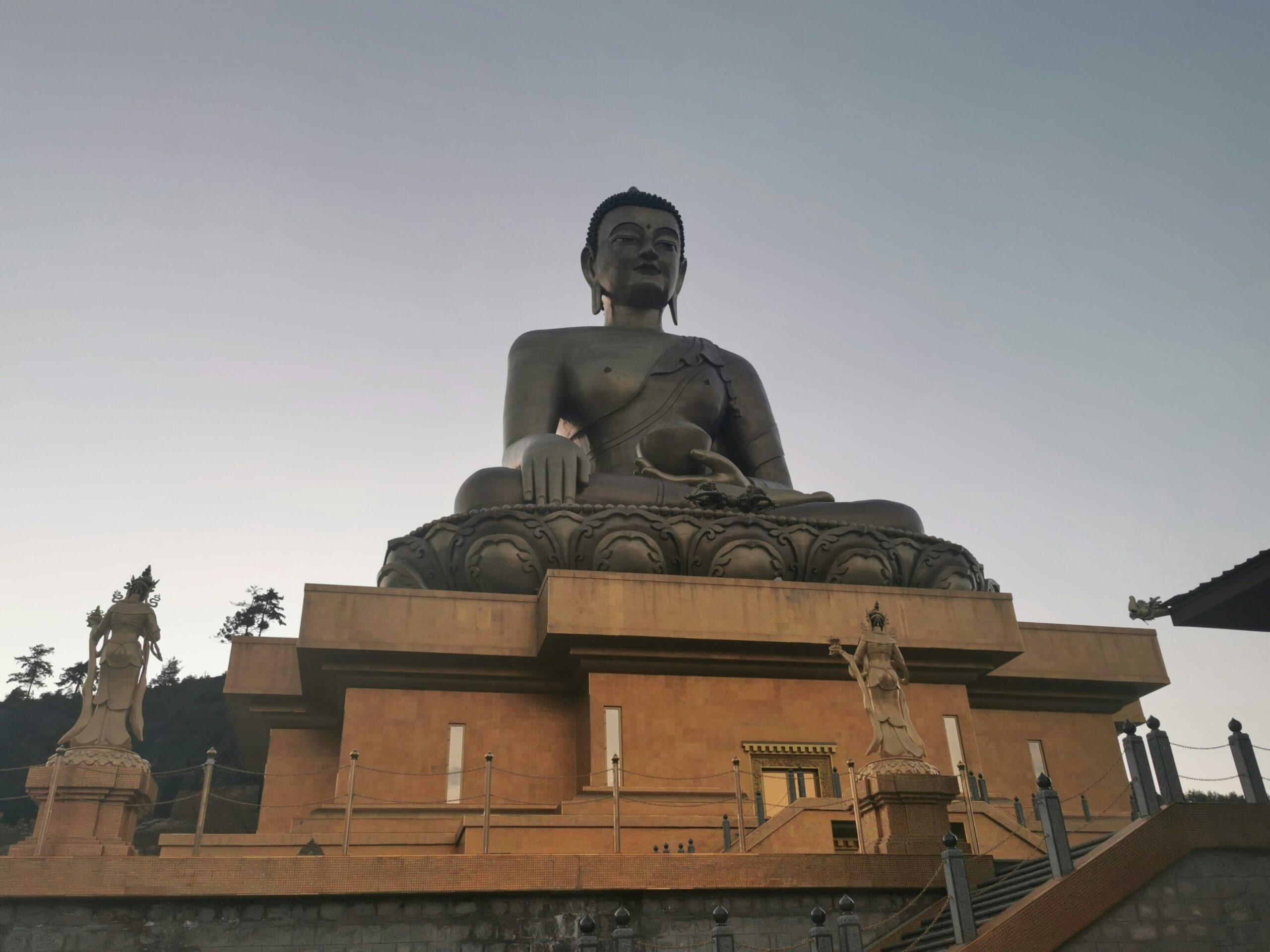
Marvel at the colossal golden Buddha Dordenma statue in Thimphu and explore its interior adorned with thousands of smaller Buddha statues.
9) Explore Local Markets:
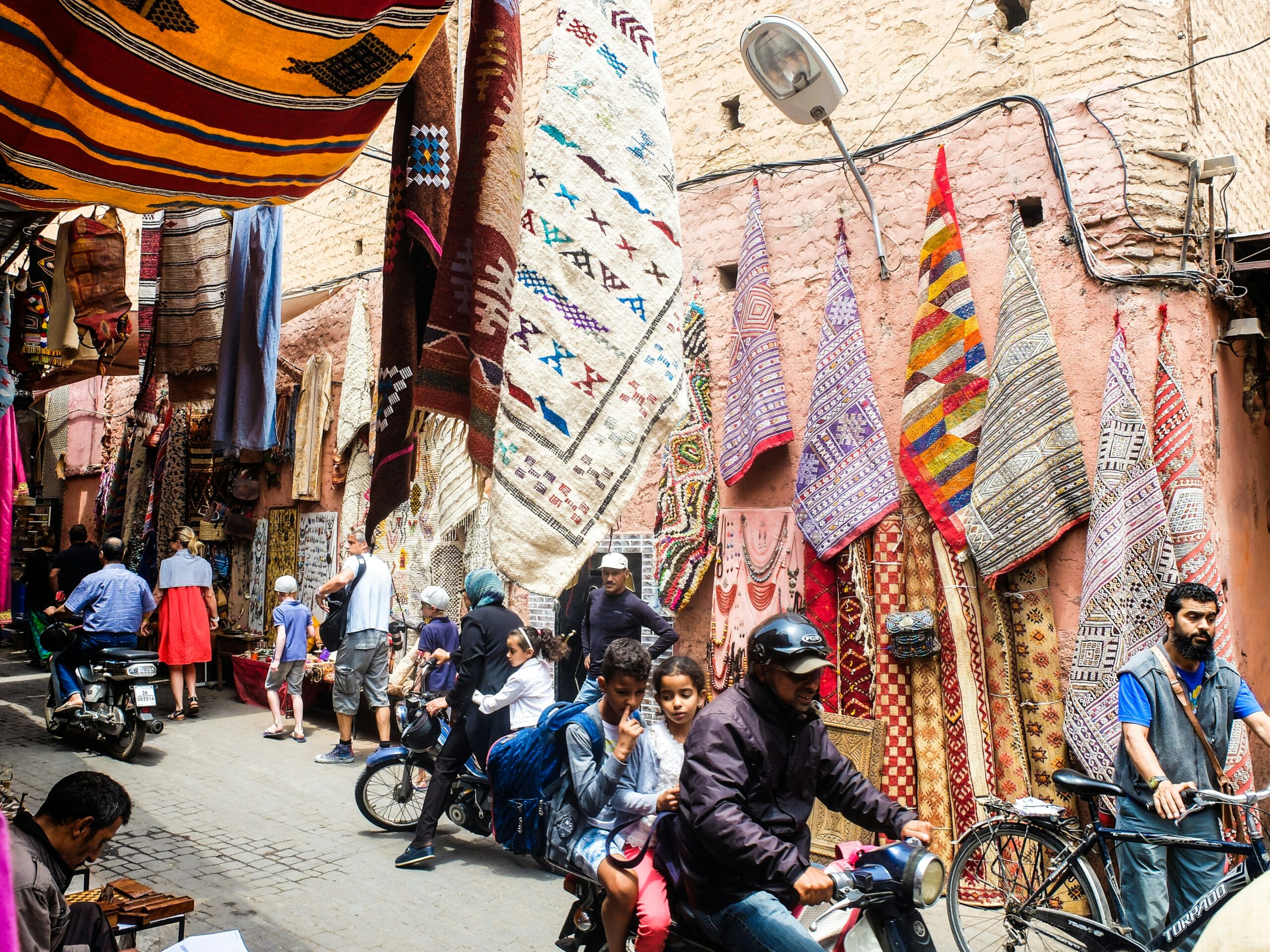
Immerse yourself in Bhutanese culture by exploring local markets like the Centenary Farmer’s Market in Thimphu, where you can discover exotic spices, incense, and more.
10) Experience Bhutanese Rock Music:
Step into the modern side of Bhutanese culture by enjoying live rock music at venues like Mojo Park in Thimphu, offering a glimpse into Bhutan’s vibrant youth scene.
11) Discover Phallic Symbolism at Chime Lhakhang:
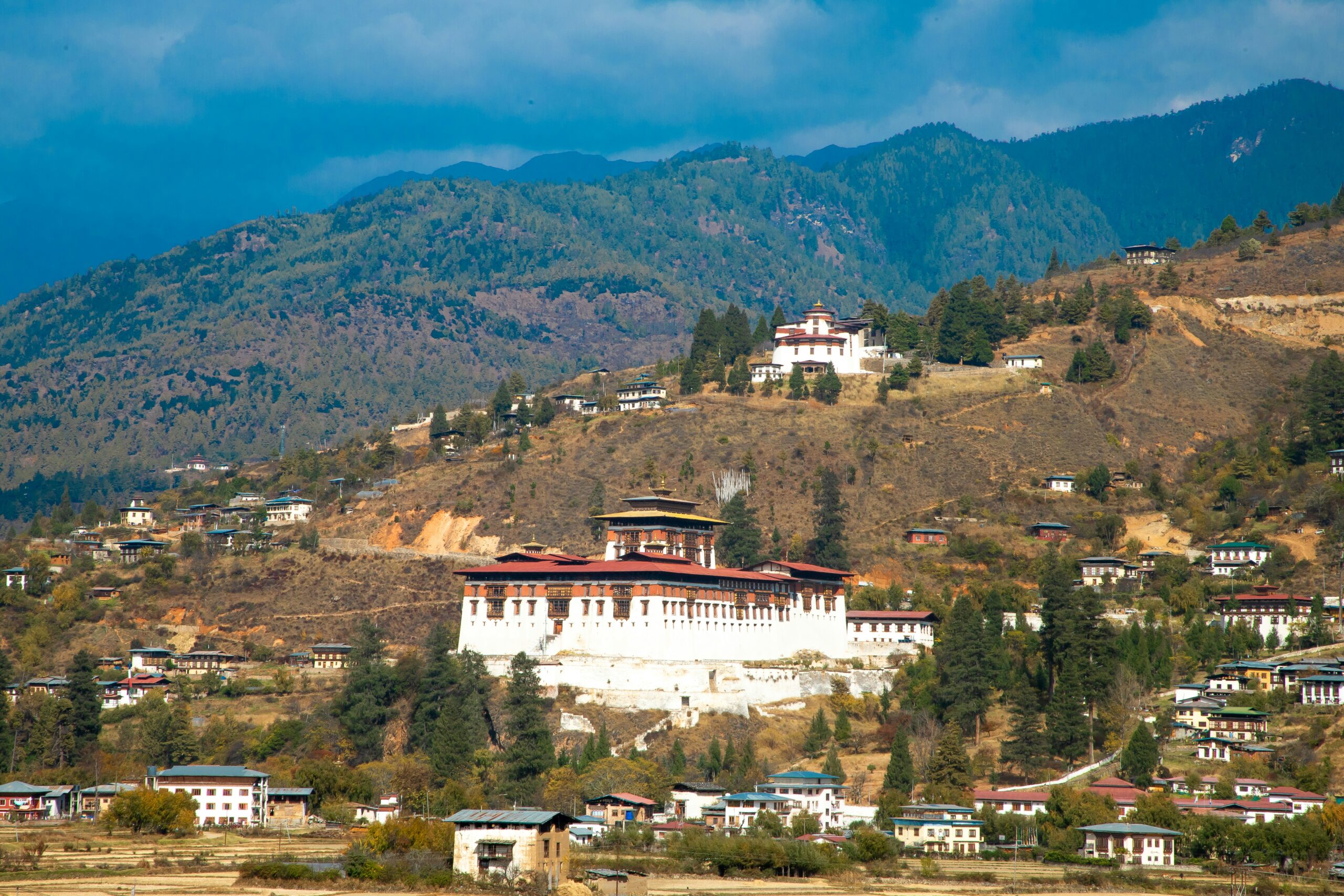
Explore the Temple of the Divine Madman, adorned with phallic symbols, and learn about their significance in Bhutanese culture and fertility beliefs.
12) Engage in Temple Rituals:
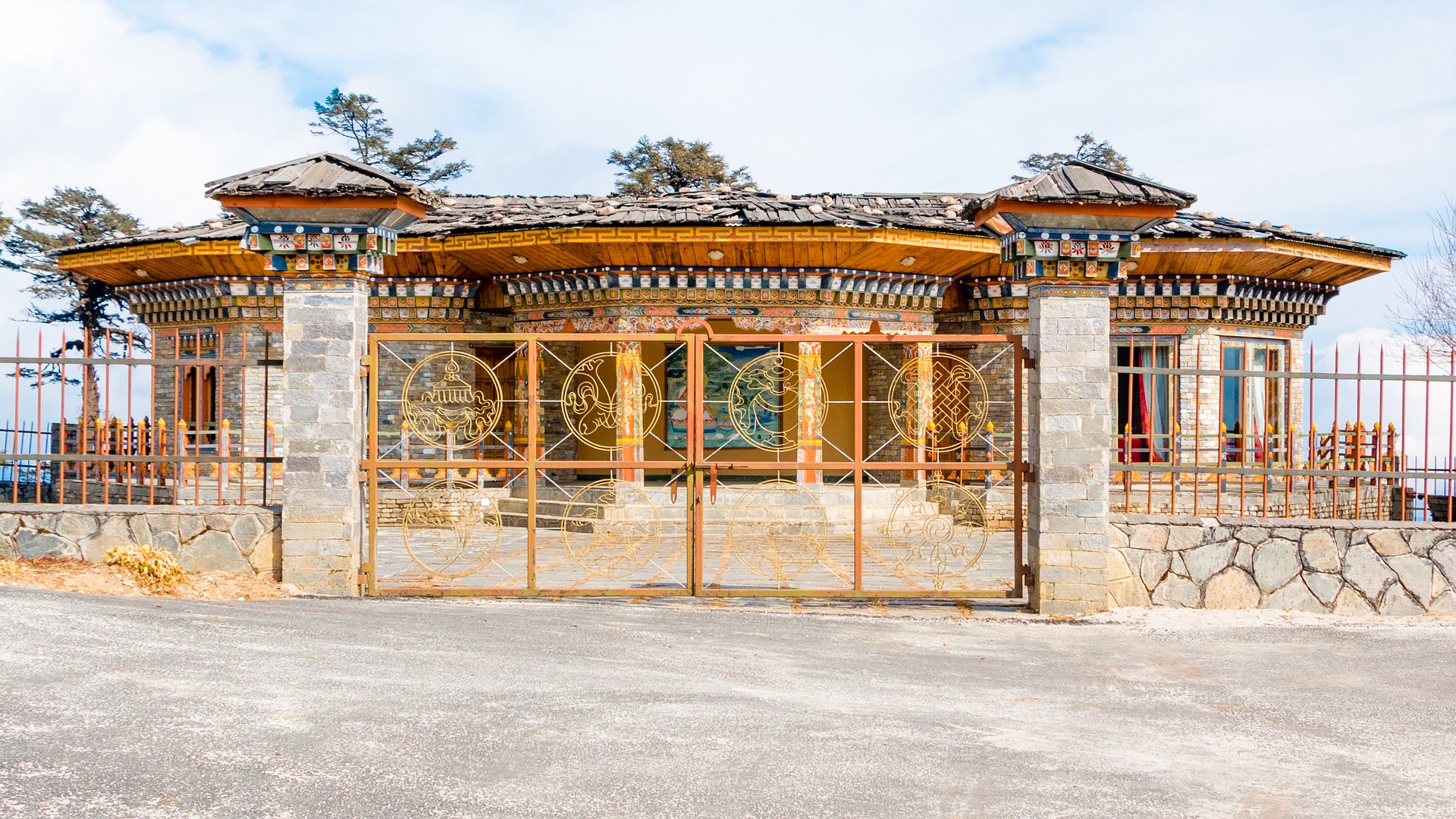
Participate in temple rituals and observe the living history at Bhutan’s temples and fortresses, gaining insight into the country’s spiritual traditions.
13) Admire Punakha Dzong:
Visit Punakha Dzong, Bhutan’s second-largest fortress, nestled between two rivers, and delve into its rich history and architectural splendor.
14) Turn Prayer Wheels at Kyichu Lhakhang:
Spin prayer wheels at Kyichu Lhakhang in Paro, one of Bhutan’s oldest temples, and immerse yourself in the serene ambiance of Buddhist devotion.
15) Relax in a Hot Stone Bath:
Rejuvenate your body and mind with a traditional Bhutanese hot stone bath, soaking in mineral-rich waters and experiencing blissful relaxation amidst stunning surroundings.
Common Questions about Visiting Bhutan
Throughout our journey in Bhutan, we encountered numerous inquiries about traveling to this unique destination. Here are some of the common questions we received along with comprehensive answers to help you plan your Bhutan travels:
How to Get a Visa to Bhutan?
Securing a visa to visit Bhutan is relatively straightforward. Unlike traditional visa applications, you don’t need to submit extensive documentation to an embassy. Instead, you must book a tour with a certified tour operator that meets the minimum daily spending requirements set by the Bhutanese government. The tour operator will then coordinate your visa based on your trip dates. The visa cost, typically $40, is often included in the tour price. Visa exemptions apply to citizens of India, Bangladesh, and the Maldives.
Must I Take a Tour to Visit Bhutan?
Since June 2022, it’s no longer mandatory to join a tour to obtain a tourist visa for Bhutan. Independent travelers can book their trip and pay the required Sustainable Development Fee (SDF) directly to the Bhutanese government. Opting for a tour, whether a small group or private one, offers flexibility in crafting your itinerary and activities.
How Much is the Minimum Daily Package for a Tour in Bhutan? Why is Bhutan So Expensive?
Bhutan’s tourism policy emphasizes “High Value, Low Impact,” aiming to promote sustainable, high-quality tourism while minimizing negative impacts. The minimum daily spending requirement, including the SDF, increased to $200 USD per traveler per day in June 2022. This fee covers essential services and contributes to Bhutan’s development. Traveling in a small group during the low season can offer a more budget-friendly option.
What is Included in a Bhutan Tour? How is the Money Used?
Bhutan tours are typically all-inclusive, covering accommodation, transportation, guides, meals, and activities. The SDF portion of the tour price contributes to initiatives like healthcare and education for Bhutanese citizens, demonstrating the direct investment of tourism revenue into the country’s development.
How Do I Travel to Bhutan? What Airlines Fly to Bhutan?
Bhutan’s sole international airport, Paro (PBH), is served by only two airlines: Druk Air and Bhutan Airlines. As these airlines are not connected with other international carriers, travelers may need to overnight at the departure destination to avoid missing their flights. Despite the limited options, both Druk Air and Bhutan Airways offer online booking and payment facilities. Prices for flights to Bhutan are relatively high compared to other Asian destinations due to limited connectivity and demand.
Feel free to refer to these answers as you plan your Bhutan adventure, ensuring a smooth and fulfilling travel experience.

